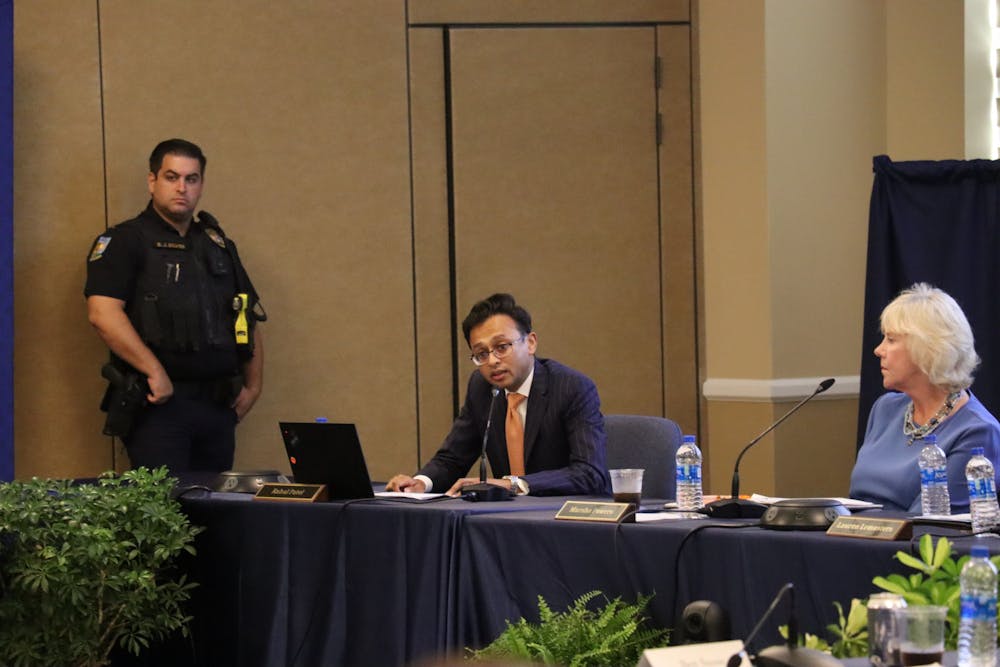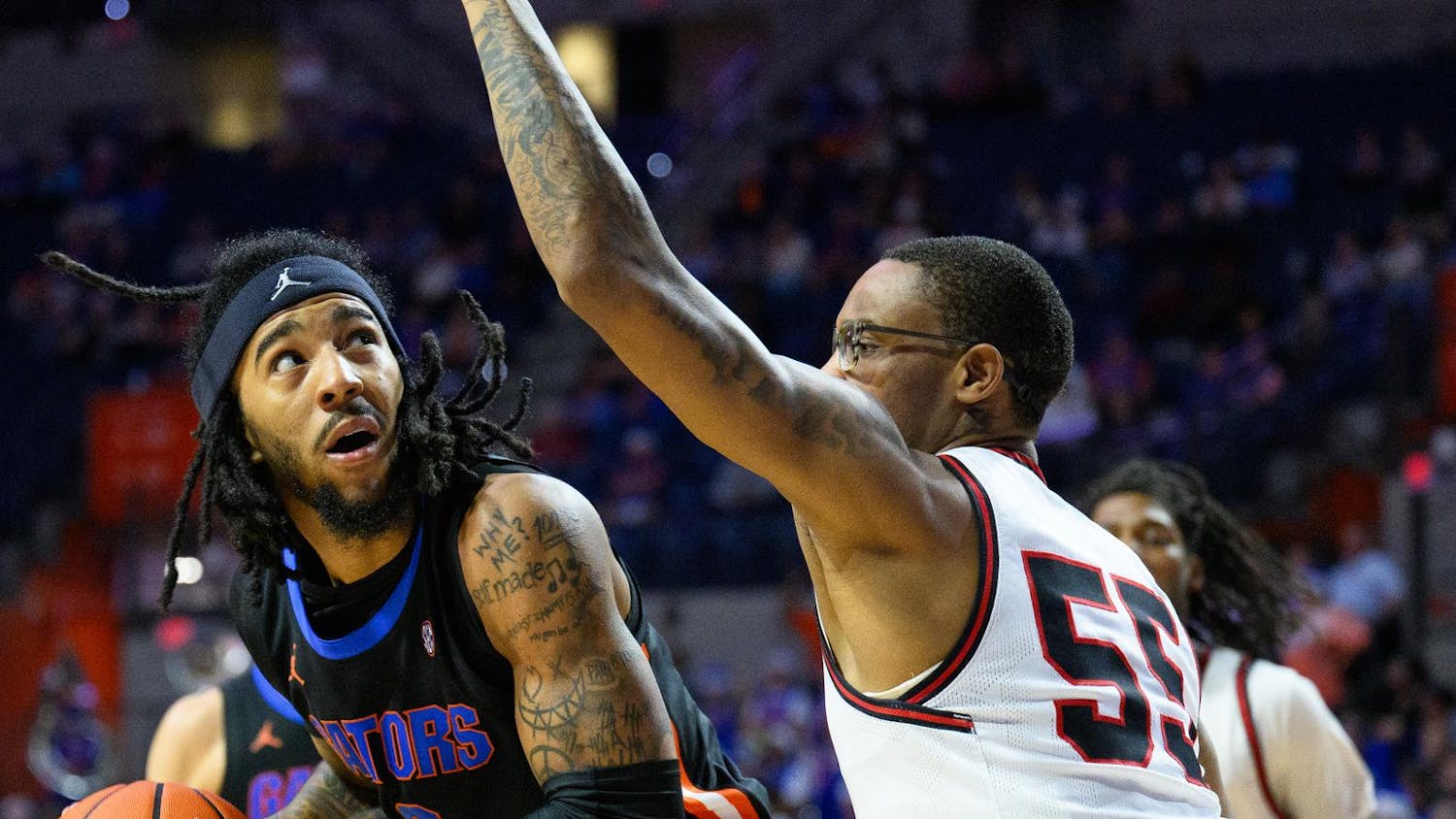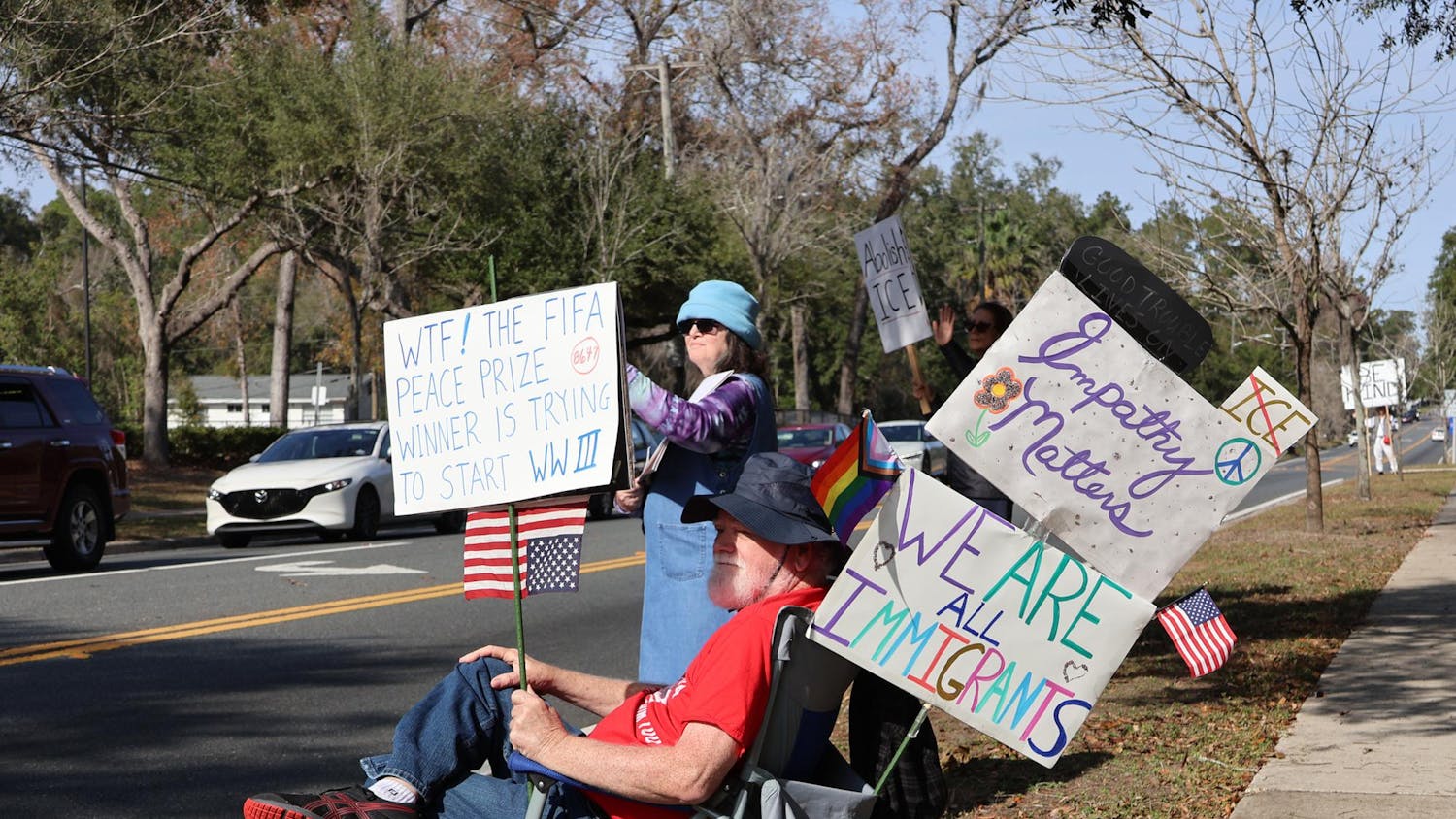Nearly two-thirds of more than 700 UF presidential candidates were white or men, according to presidential demographics data obtained by The Alligator.
The demographics data broke down the candidate pool by two factors: whether they were female or an underrepresented minority. However, the data doesn’t provide insight into the group of presidential finalists’ demographics or validate search committee chair Rahul Patel’s claim that more than half of the final group were women or people of color.
Of the 739 presidential candidates listed in UF’s demographic report, 484 were men — making up around 65% of the candidate pool. 62 of those men were people of color.
Thirty two of the male candidates were reported to be Black, according to the data. 10 were Asian, and 20 were Hispanic.
The female candidates — 255 of them, according to the report — were about 85% white. 23 of the female candidates were Black, six were Asian and eight were Hispanic, according to the data.
In total, around 13% of candidates were people of color.
The data sheds light on the diversity of candidates just days after the UF Board of Trustees unanimously approved Sen. Ben Sasse, R-Nebraska, as the 13th UF president.
More than 700 candidates were included in outreach during the recruitment process of the presidential search, according to UF’s initial press release announcing Sen. Ben Sasse as the sole presidential finalist. The demographics data only includes this pool — not the final group of candidates the search committee narrowed down to before ultimately recommending Sasse.
The only information provided about the demographics of that final group of candidates comes from the UF press release — which listed nine of the 12 candidates as sitting presidents at major research universities — and Patel.
More than half of those final candidates were either women or people of color, Patel said in the Nov. 1 Board of Trustees meeting. Every member of that final pool also wouldn’t agree to be a public finalist unless they were the sole finalist, he said.
“If we have a process that requires more than one finalist to be publicly named, or if names of prospects were publicly disclosed,” Patel said, “simply put, we would not have gotten the most qualified applicants.”
The lack of information on the final group beyond what the press release or Patel said can largely be attributed to Senate Bill 520, which has kept personal identifying information of qualified applicants under wraps.
The presidential demographics data provides a stark contrast to UF’s own Fall 2021 student demographics. Around 56% of UF students are women — compared to the 34% of female candidates in the report.
UF’s Black undergraduate population sits at 10%, whereas Black candidates only made up about 7%.
For Asian and Hispanic candidates, the divide was even further. UF’s undergraduate Asian student population sat around 19% in Fall 2021 — 2% of presidential candidates were Asian. Around 3% of candidates were Hispanic, compared to 48% of undergraduates identifying as Hispanic.
Contact Makiya at mseminera@alligator.org. Follow her on Twitter @makseminera.

Makiya Seminera is a UF international studies and Arabic senior, with a minor in mass communication. She's currently the editor-in-chief of The Alligator, but has previously served as university administration reporter, The Avenue editor, social media manager and opinion editor. She also serves as managing editor for Florida Political Review. Over summer, she interned with The State in Columbia, South Carolina, as a politics & government reporting intern.






